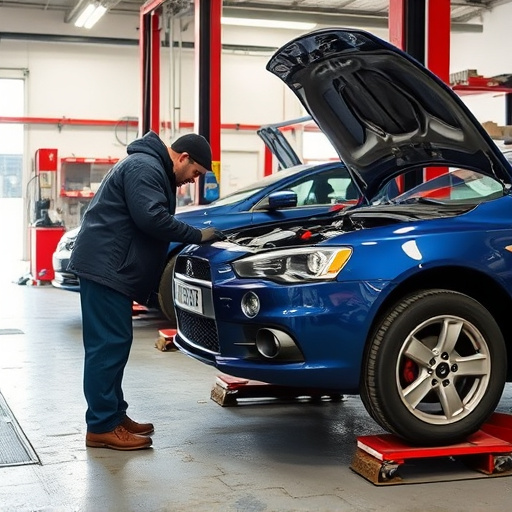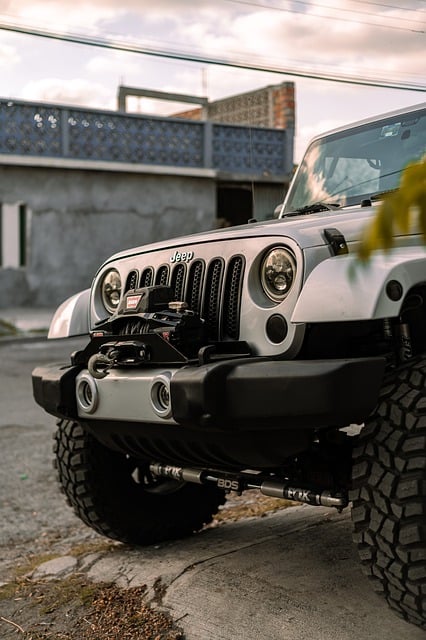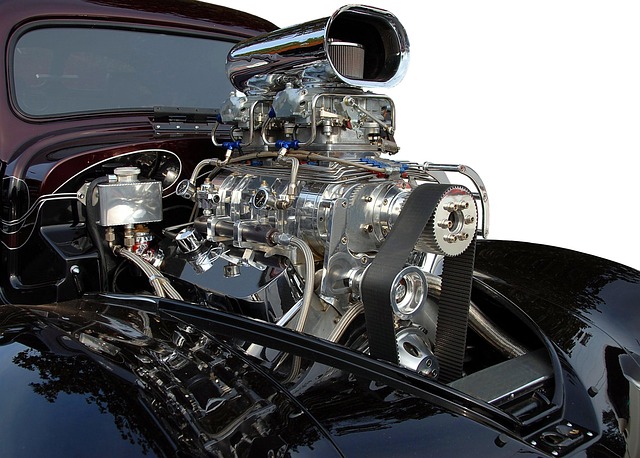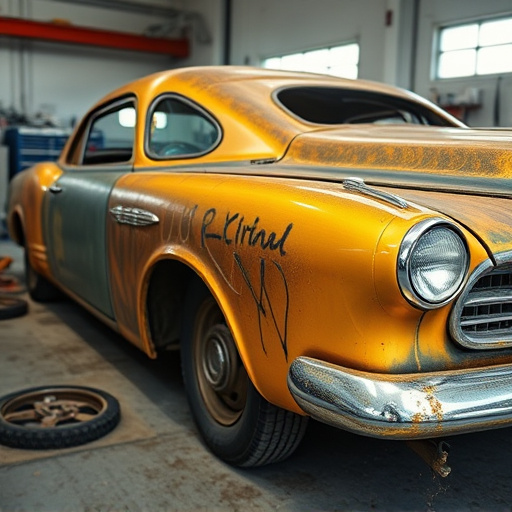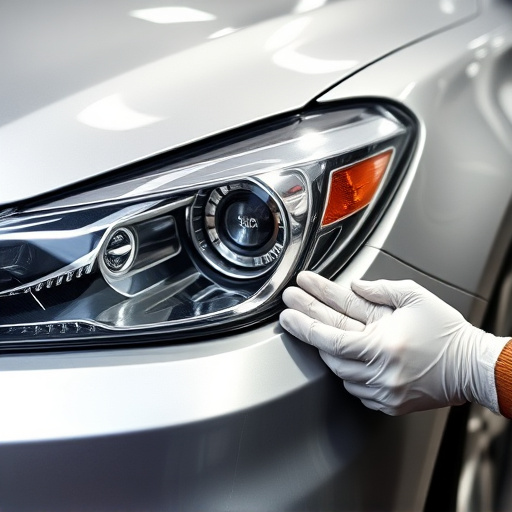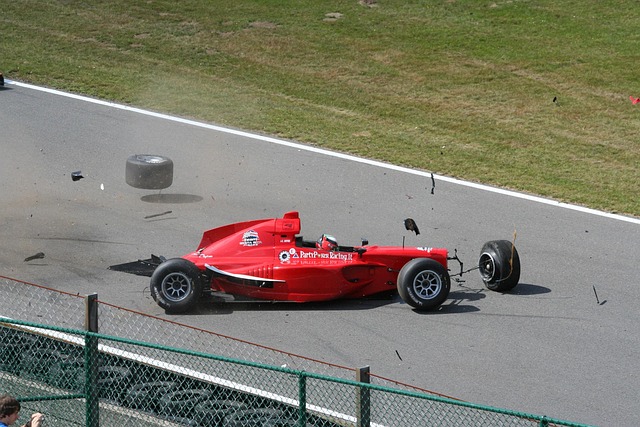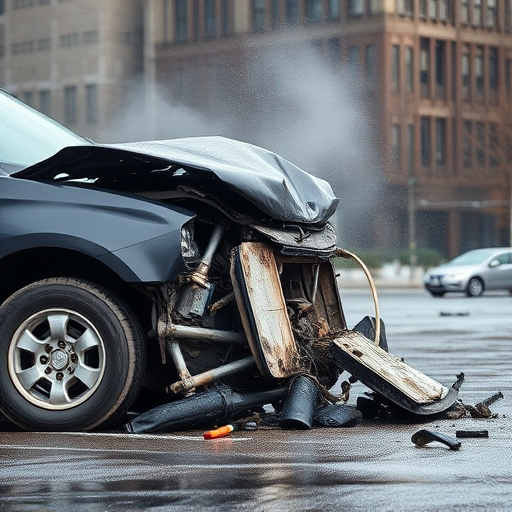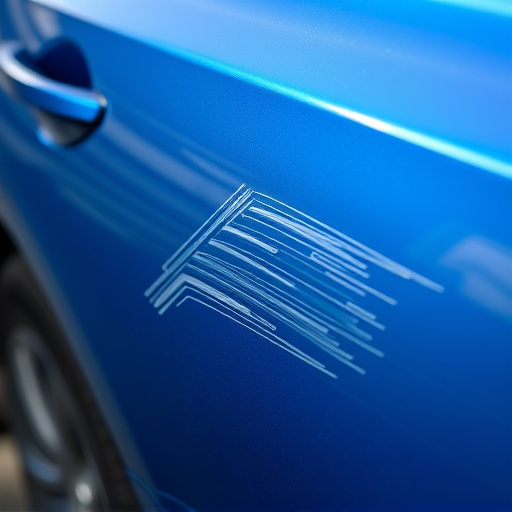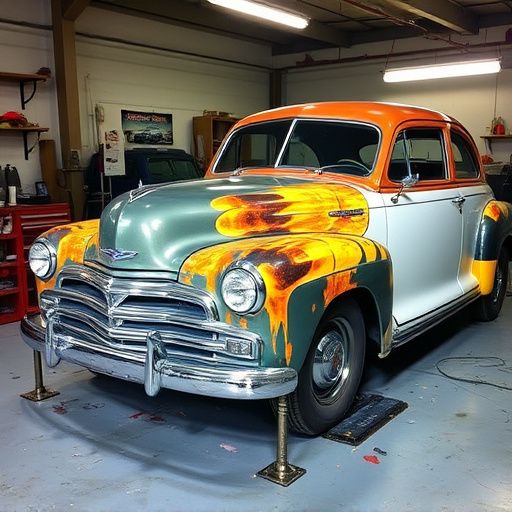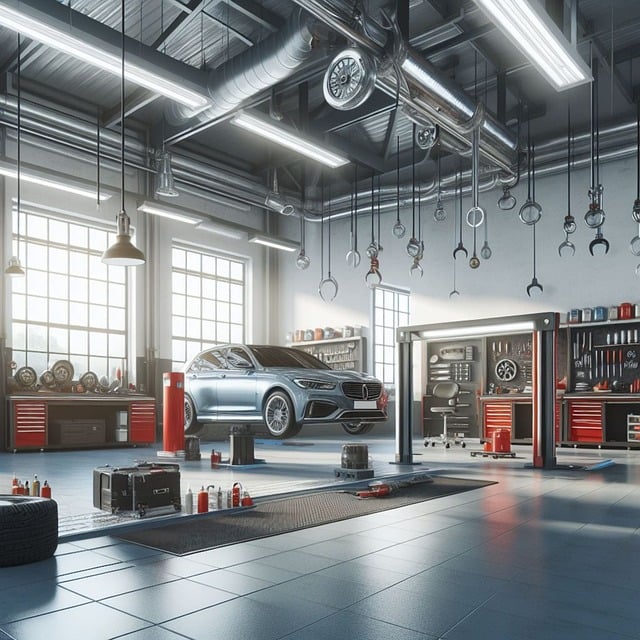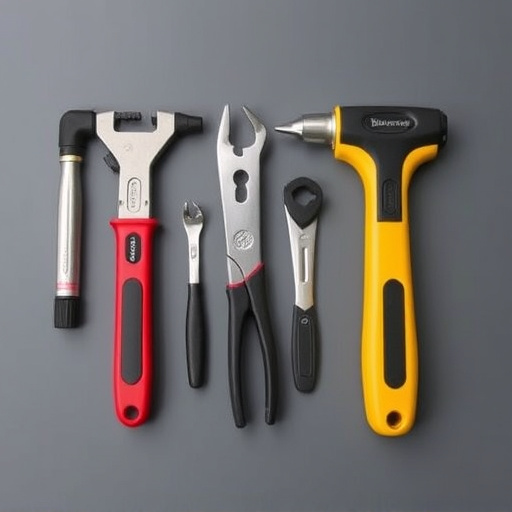The age and condition of a vehicle greatly influence collision repair estimates. Older cars, due to wear and tear, require more extensive repairs and may face parts acquisition delays, driving up costs. Newer vehicles with simpler designs are generally less expensive to fix. Pre-existing damage or cosmetic issues necessitate meticulous work like auto painting and body repair, increasing estimates. Older vehicles present unique challenges like intricate designs, outdated parts, and severe exterior deterioration, boosting labor costs and complexity. The severity of a collision, vehicle age, and pre-existing wear interact to determine repair complexity and cost, making each estimate case-specific.
The cost of collision repair estimates varies significantly based on the vehicle’s type. From aging classics to modern electric vehicles, each makes and models presents unique challenges for auto body shops. This article delves into the multifaceted factors driving these costs. We explore how vehicle age and condition, the severity and type of damage, as well as brand-specific traits and technological advancements, all contribute to collision repair estimates. Understanding these influences is crucial for drivers aiming to secure accurate, cost-effective repairs.
- Vehicle Age and Condition
- – Impact of older vehicles on repair costs
- – Factors affecting the condition of a vehicle post-collision
Vehicle Age and Condition
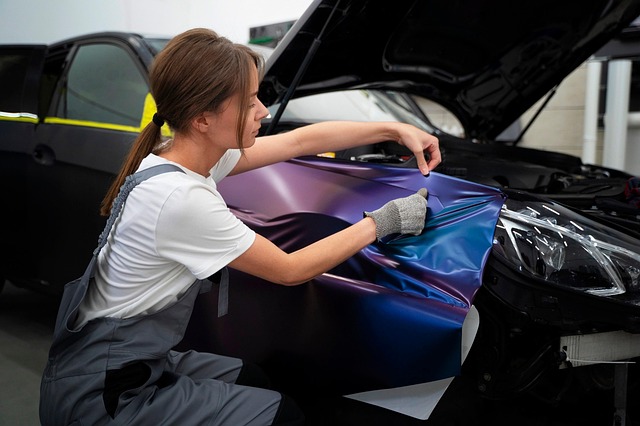
The age and condition of a vehicle play a significant role in collision repair estimates. Older vehicles may require more extensive repairs due to wear and tear, which can increase the cost significantly. Parts for older models might also be harder to come by, leading to delays in the repair process and potentially higher labor costs. Conversely, newer vehicles often have simpler designs, making them quicker and less expensive to fix.
Additionally, the overall condition of the car body affects the repair estimate. A vehicle with pre-existing damage or cosmetic issues might need more precise and meticulous work during the repair process, involving tasks such as auto painting and car body repair. These additional tasks naturally contribute to the final collision repair estimates.
– Impact of older vehicles on repair costs
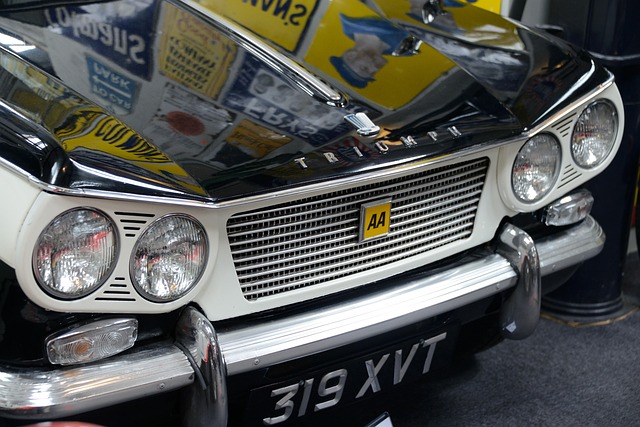
Older vehicles often present unique challenges when it comes to collision repair estimates. As cars age, they tend to have more intricate designs and may use outdated or hard-to-source parts, increasing labor costs and complexity in the repair process. This can significantly impact the final bill for car owners. Additionally, older models might lack modern safety features, making repairs more difficult and potentially requiring additional work to meet current safety standards.
The condition of an older vehicle’s body and paintwork is also a factor. Years of exposure to the elements can result in rust, corrosion, or deterioration of the exterior, necessitating not just repair but sometimes complete auto painting to restore its original appearance. These additional requirements contribute to higher collision repair estimates for older vehicles, as skilled technicians and specialized services are often required to bring them back to their best condition.
– Factors affecting the condition of a vehicle post-collision
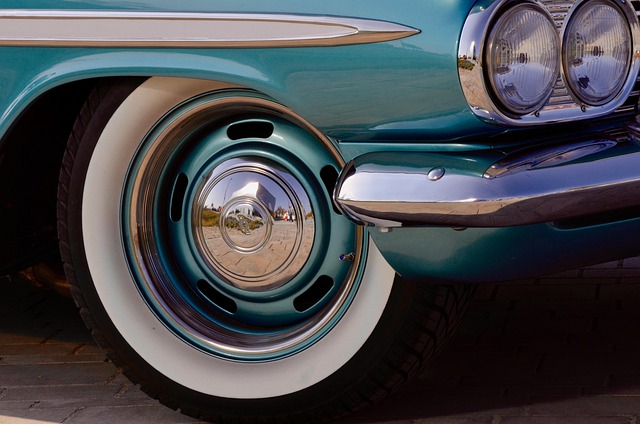
The condition of a vehicle after a collision is a key determinant in collision repair estimates. Several factors can impact its post-accident state, each influencing the complexity and cost of the repair process. The severity of the impact plays a significant role; minor fender benders may cause minimal damage, while more severe collisions can lead to widespread structural issues and multiple broken components.
Additionally, the age and overall condition of the vehicle before the collision are critical considerations. Older cars might have pre-existing wear and tear, making it harder to restore them to their original state. Conversely, newer vehicles often come with advanced safety features that can mitigate damage, but they may also have more intricate design elements and materials that could complicate repair work, such as complex car paint repair for high-end finishes. These variables ensure that every collision repair estimate is unique, tailored to the specific challenges presented by each vehicle.
In conclusion, the type of vehicle plays a significant role in determining collision repair estimates. Factors such as age and overall condition directly impact the cost of repairs. Older vehicles often require more extensive restoration due to their delicate parts and outdated safety features, driving up expenses. Moreover, the condition of a vehicle post-collision is multifaceted, influenced by various elements that contribute to the complexity and, consequently, the price tag. Understanding these variables is essential for accurate collision repair estimates and ensuring fair pricing for all vehicle owners.
